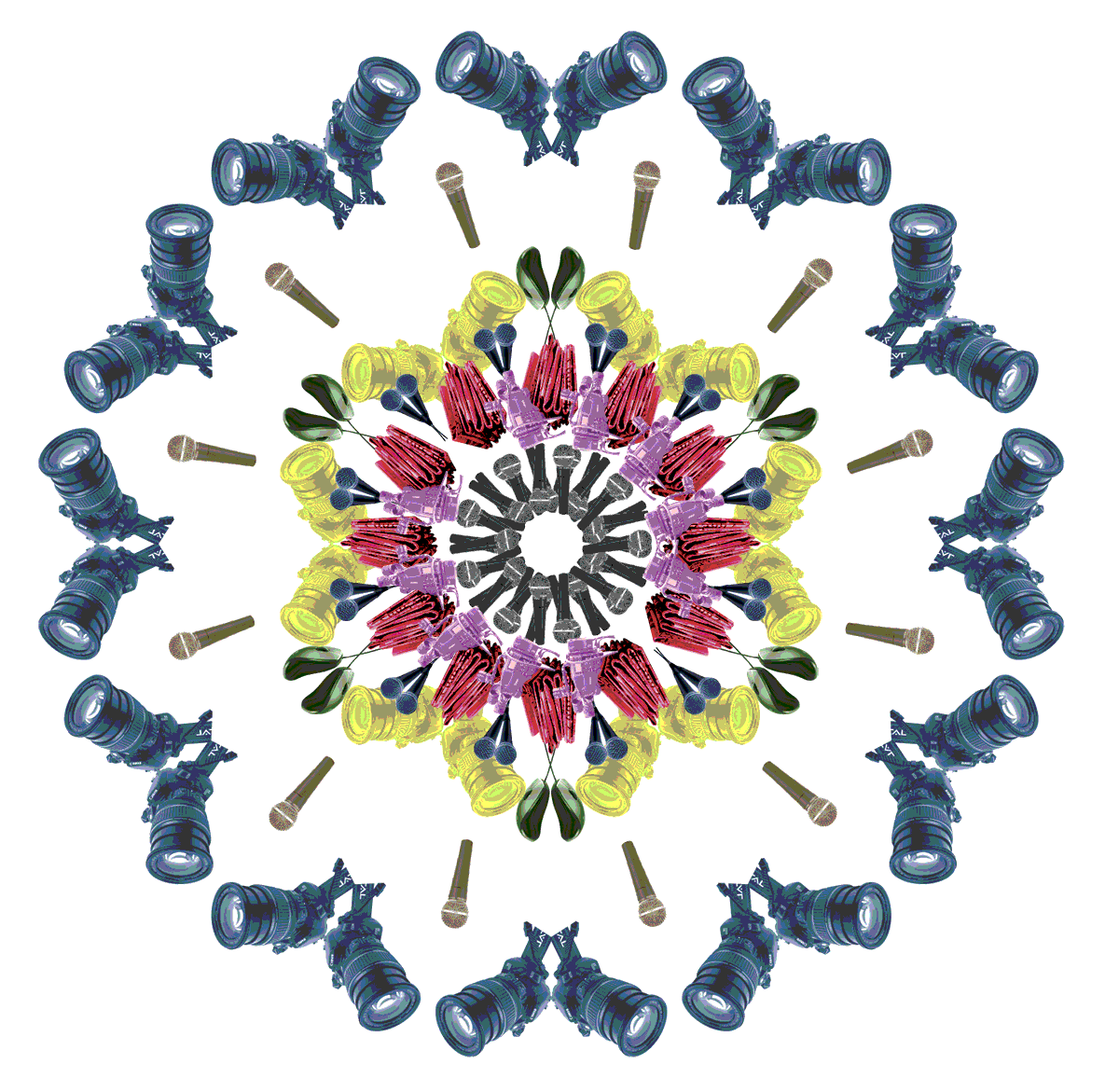
It’s been a wild ride in the world of consumer packaged goods (CPG) food and beverage.The gut health boom gave way to nootropics, protein and (soon) creatine-packed everything. Costs are up. Climate change is squeezing supply chains. And private label brands? Scary good.These shifts often demand a strategic update to your packaging design.In fact established brands regularly refresh their packaging, for reasons such as highlighting an on-trend ingredient, improving shelf presence or responding to regulatory changes.Hopefully you’re in good hands when making these changes. But if you’re about to hit the ‘print’ button on your packaging order, here are five pitfalls to check that you’ve avoided.
By Stephanie Oley | The Offices
Obviously your packaging has to suggest delicious contents. That’s challenging for the many products out there resembling brown blobs or beige paste (including energy bars, meatballs, peanut butter and mayonnaise).
Clever photography helps and certainly the majors have the upper hand here, given the budgets involved – think the lusciously deconstructed images of Marion’s Kitchen or Connoisseur, for example.
However, there are other ways of suggesting great taste. Examples we like include Dr Strangelove’s ultra-minimal fruit illustrations, and Olsson’s Salt’s use of textured paper to suggest timeless luxury. For our Ridiculously Delicious Peanut Butter packaging, we used a gooey logo and swirled background to suggest deliciously old-school comfort.
Work with the best creatives you can – the results are worth it.
When you’re super-proud of your product, it’s tempting to slap all its claims on the front. Australian made! Vegan! Fat free! Protein added! Ethically farmed! Tracks UFOs! You get the idea.
Stick to around five messages for the front of your pack, including the brand, product genre, flavour and maybe two callouts. Some can be visual – such as images and icons – while others will be verbal.
Evolve these messages as the market changes. For example, sugarless soda brand Naked Life initially touted its sugar-free message in giant letters. But after the market became crowded with lookalikes, they shifted to other main messages such as the real fruit and botanical ingredients.
Food products have become increasingly complex in make, as technology presents new possibilities, consumer preferences change and global supplies diversify. Even everyday staples such as bread or ice cream could be vegan, gluten-free, protein-enhanced, low-fat, high-fibre or contain a novelty ingredient customers hadn’t heard of 15 years ago.
Make sure the front of your packaging highlights at least three points: the product genre, variety and flavour, even if it seems blindingly obvious to your team. If the product is ‘milk’ and it’s ‘full cream’ and fresh (as opposed to flavoured), then you will genuinely confuse some customers by omitting the word ‘milk’.
Remember that you’re designing for harried customers of all backgrounds, who may not stop to read the fine print as they rush through the aisles.
Different foods have established visual conventions. Respect these. Luxury products often use minimal designs and bespoke embellishments. Low-cost snacks generally have big callouts and bright colours.
However, your packaging design should ultimately present an original twist on these conventions. Ten years ago, a raft of kombucha brands had packaging with the distressed typography and earthy palette of lead brand Remedy. Equally, several upmarket cereals used the elegant dark look of market leader Carman’s. Unsurprisingly, most have since created their own distinctive styles.
Place a mockup of your final design on a supermarket shelf next to your competitors, and check that you haven’t accidentally strayed into lookalike territory.
While reviewing your mockup in situ, make sure it also functions within that particular retail setting. For example, ambient products must be designed to stand out from the deep shading of many supermarket shelves. By contrast, frozen or chilled products need to design for a harsh white-light setting. Impulse mini-packs need to reduce their callouts to just one exciting claim.
And if your product is sold online by a major retailer, ensure the right elements are still prominent even when reduced to a 10 mm by 10 mm thumbnail image.
Good packaging can transform business outcomes, as with the wildly successful Rx bar redesign of 2017, while unsuitable concepts can cause confusion and sales decline. Twist the rules by all means to stand out, but make sure your packaging doesn’t fail in the five areas shared here.
The Offices is a Sydney-based creative studio specialising in strategy, branding and packaging for food and beverage.
Share this